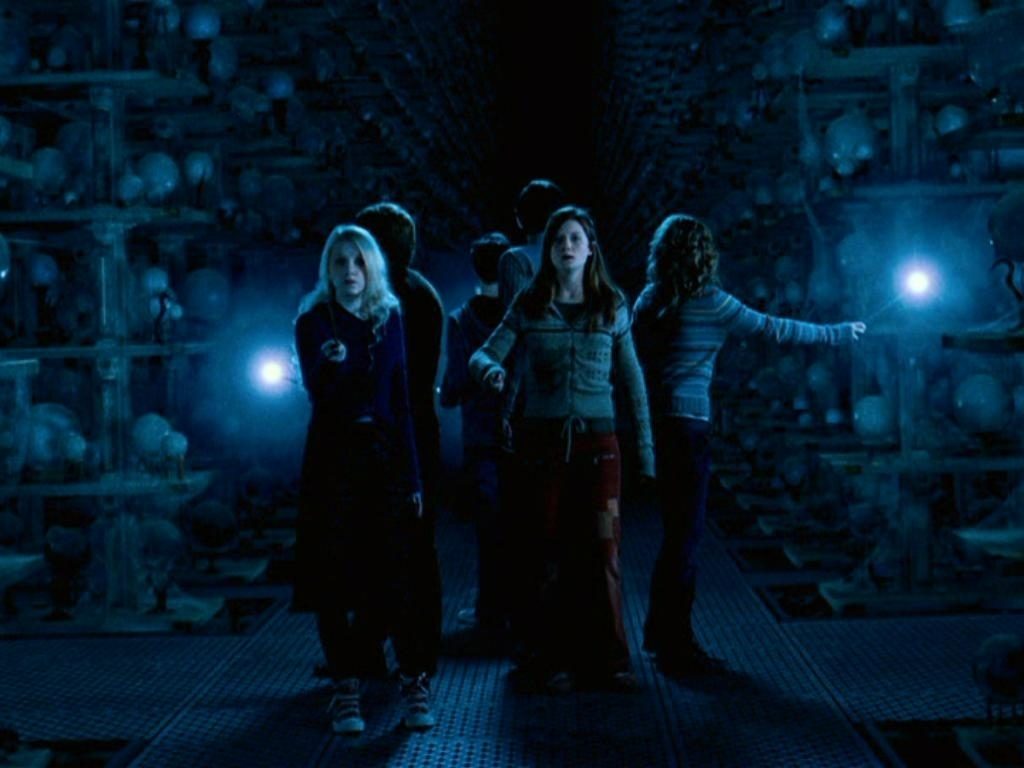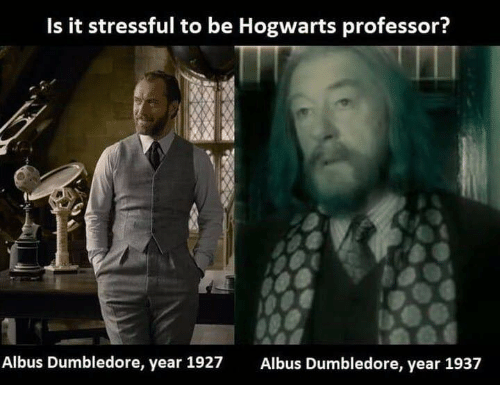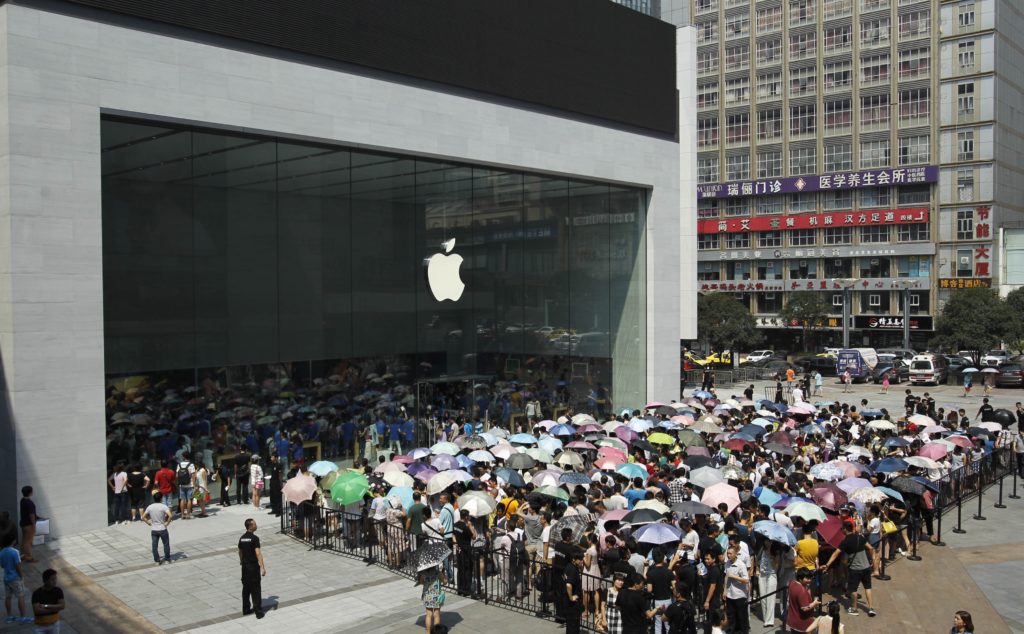WEEK 43: Branding Ahoy!
- Humour me
- July 8, 2019
Those of you who have seen the third season of Stranger Things will understand the inspiration behind this journal entry’s title (hint: it’s where Steve works at Starcourt mall). I have heard mixed reviews about this season, but I still enjoyed it as I am now thoroughly invested in the Stranger Things universe.
With the current state of the internet allowing opinions to be shared so widely and so easily, it must be a more intimidating world for filmmakers today. Every film that is viewed on a large scale has to be able to withstand the force of millions of self-appointed film critics sharing their personal views on very public platforms. And due to the protective anonymity of the internet, audiences are often brutally honest without hesitation.
But this got me thinking about film franchises that have withstood the test of time, regardless of how many negative opinions they received. One such example is the Harry Potter film series. I must confess that I am an enormous Potter fan and to me J.K. Rowling can do no wrong, but for the sake of this entry I will attempt to take a more objective stand.
While the first few films in the Potter series were very well received, I recall a decline in favour from audiences somewhere around the fifth film, where the series took a darker tone. Still, the Potterverse continued to be one of the most popular fictional universes of all time.


With the release of the Fantastic Beasts series, criticism continued to rain down on Rowling, accusing her of multiple loopholes in the story arcs of characters and their timelines. Here is a meme I found about Dumbledore’s impossibly rapid ageing. And even though I am a big fan of the series, I must admit I found it amusing:

The standard argument in response to such comments is that at the end of the day, the Potterverse is fictional and J.K. Rowling can do whatever she wants with it. Having said that, audiences today are very wary of narratives that are not cohesive. And yet, such disparities have had no effect on the popularity of the Potterverse today.
Why is that?
By nature of creating a series and not a single Harry Potter book, Rowling created a comprehensive universe that audiences could truly lose themselves in. She created interesting storylines for all her characters which audiences could explore at leisure. With pottermore.com , audiences could further immerse themselves in her world, and actually feel a sense of belonging (I got sorted into Ravenclaw, by the way).
All of this strengthened the thought leadership of the Potterverse in audiences’ minds. Once they were invested in that world as a whole, Rowling could do as she pleased without fear of diminishing the Potterverse’s popularity. So now, no matter what other people say, Potter fans will still faithfully consume every new product that Rowling creates (myself included).
What’s interesting is that every large-scale successful brand today has done exactly what Rowling did – they created a universe that audiences chose to invest in. Take Apple, for example – no matter how many logical flaws are pointed out about their phones, people will still line up to buy the latest release. No matter what content they create, their aspirational perception in audience’s minds remains as strong as ever. And tomorrow, if a better phone hits the market, chances are people will still buy an iPhone because they want to belong to the Apple community.

Such is the power of successful branding.
While brands recognise this, sometimes they forget that this level of cultural integration will never happen overnight. They often tend to rely on a single large-scale campaign that they hope will create a lasting impact with their audience. This is a mistake. When building a brand, every single piece of communication is important, as it all plays a part in building a universe for audiences to be a part of. There is no shortcut to saliency, and it will take decades of consistent work for any brand to become a true success.
I realise that in all this time I did not write about anything that actually happened at Humour Me. So here’s a quick update: last week mostly comprised of a series of meetings for the creative team, while the production team prepared for what could possibly be the biggest shoot Humour Me has ever done. I’ll keep you posted on how it goes.
See you next week!